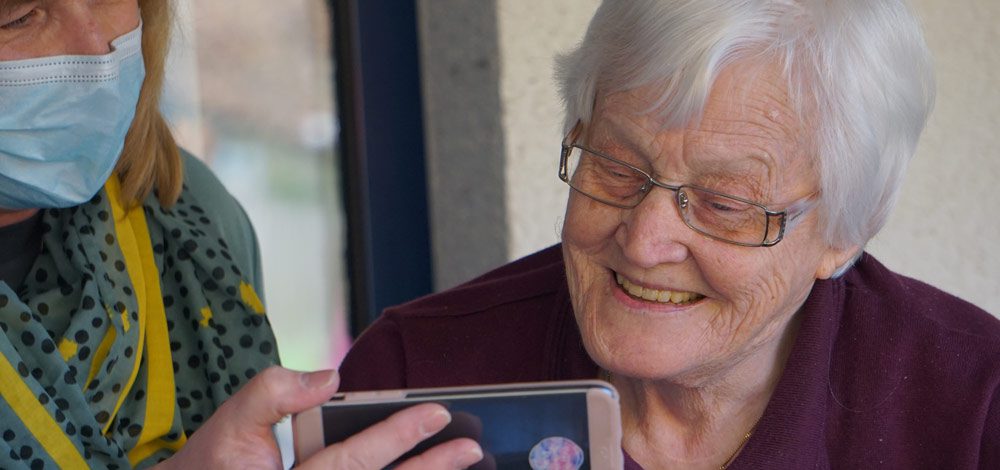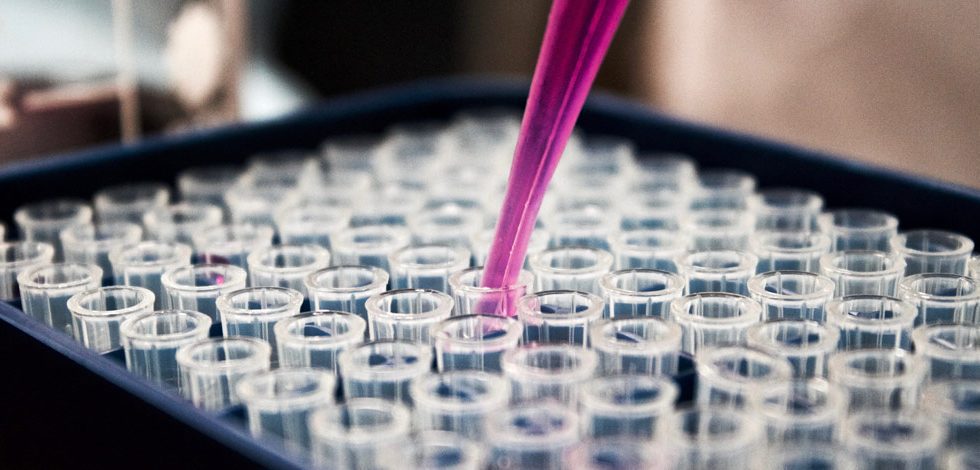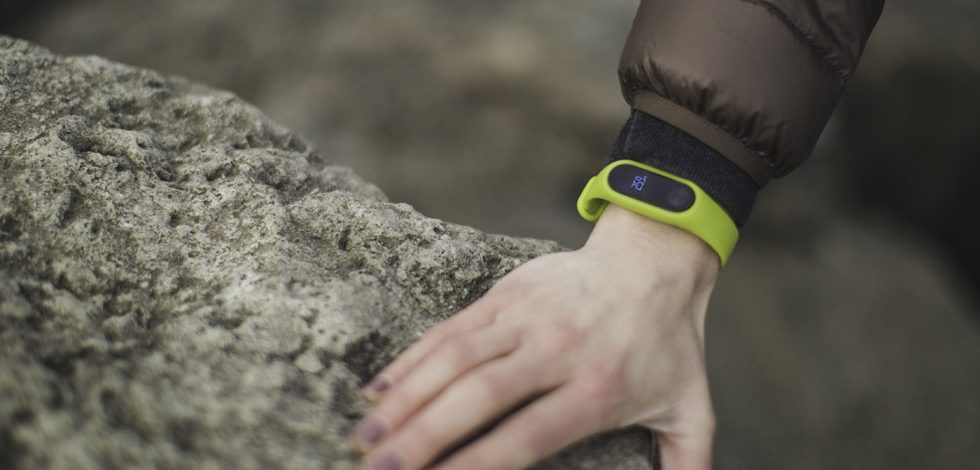The good news is we’re living longer. But that’s not so good if it means potentially living longer with debilitating illness and a lower quality of life. It’s bad news for the economy too, when the workforce has to support a growing cohort of people heavily dependent on health and social services. This has led to increases in state pension ages and growing concerns about the sustainability of healthcare funding.
Prevention is cheaper than cure or care, so it pays to help people stay active, fitter, healthier and self-sufficient for longer. Apart from reducing the scale of human suffering, the strain on health services and public funds can be eased.
Increasingly, the older internet using generation, more commonly known as ‘silver surfers’ are buying into the benefits of the wellbeing movement too. The ‘grey pound’ is an attractive and growing market for technology companies and the pharmaceutical industry as the grey economy continues to grow dramatically.
Policymakers recognise the challenges and opportunities. The UK government has prioritised both longevity and artificial intelligence in its 4 Industrial Strategy Grand Challenges. It’s reported that 260 UK companies, a similar number of investors, plus 10 research labs and 10 non-profits are “using technology to hunt for the holy grail to extend life and health”. In March 2018 the UK government announced a £300 million challenge fund to promote leadership in healthy ageing.
Coining new terminology
We foresee a rising tide of start-ups and new business models in health and care for growing needs of the ageing population, not just for everyday activities but all in therapeutics. This intersection of technology and the ‘longevity economy’ was coined Agetech or Gerontech. The term currently covers a blend of smart home gadgetry, monitoring devices and software to aid cognitive function and communication.
Many of the recent wave of inventions are adoptable or adaptable for the older consumer. Gadgets such as voice assistants are being marketed to older consumers and their children. So Alexa becomes more like a companion, providing news and weather updates and playing ‘golden oldies’ on request.
Where will this tech take us? Imagine the smarter and more caring progeny of Alexa and Siri doing more than fielding requests. A programmable avatar – fed with personal and family history, photos and oral testimony, as well as up-to-date details curated by AI would be able to engage as well as monitor health and vital signs.
Wearable tech and fitness trackers can revolutionise the fall alarm worn by elderly people living alone. Using the connectivity of the Internet of Things, these wristbands could relay vital signals such as body temperature, heart rate, and blood pressure – and so pre-empt falls, rather than just trigger an emergency response.
We might have to get used to speaking to machines
Leveraging a mix of on-site and remote monitoring, Agetech will also provide mixed models that combine human and machine interaction.
Japan’s SoftBank Robotics has grown a range of humanoid like robots. Among those created, Pepper and sixth-generation NAO robot have roles in healthcare ranging from monitoring to educating patients using their capabilities in cognitive computing, interactivity, languages and data collection. Their sibling, Romeo has become a research project, funded by French investment bank BPI, focusing on assistance for older people and those with reduced autonomy. Others are working on robotics to specialise in care for older people.
Germany’s Fraunhofer Institute for Manufacturing Engineering and Automation is the creator of the Care-O-bot. Third-generation Care-O-bots are supporting the elderly at home and in nursing homes, as well as being involved in various research projects. Various functions for supporting people around the home and with assistive functions for patients have been used Care-O-bots as application platforms.
Agetech is helping to track nutrition
Catering to the wellbeing of an ageing population means paying attention to nutrition as well as medicine and care. Specialist food producer Apetito serves hospitals, care homes and meals-on-wheels. Its menu includes small but nutritious Mini Meals Extra designed to combat malnutrition in people with reduced appetites, including those living with dementia. Its texture-modified meals comprise nutritionally balanced foods blended to a consistent texture and re-shaped after cooking to look appetising for customers with dysphagia who find it hard to swallow.
Care service providers are refining and updating their offer for a growing market. Abingdon-based Canary Care has designed a wireless sensor-based smart home monitoring system that is not dependant on landline or broadband.
Combining this social aspect with cognitive health, Memrica’s Prompt is a memory engine that builds personalised mini-profiles of the people and places that matter from the content each user saves. Dictating this information and asking questions helps stave off memory loss and encourages people to engage in community and social activities.
These tech-enabled helpers will become more sophisticated and commonplace. Today the sector is where Fintech was in 2007, according to an early venture capitalist in the field. Just ten years later, its venture capital investment surpassed $27 billion. Agetech will be worth $2.7 trillion by 2025, based on projections that digital products will have a 10% share of the growing global grey economy.
For more trends in health and life sciences, download your copy of “Making science fiction, fact” here:














No Comments